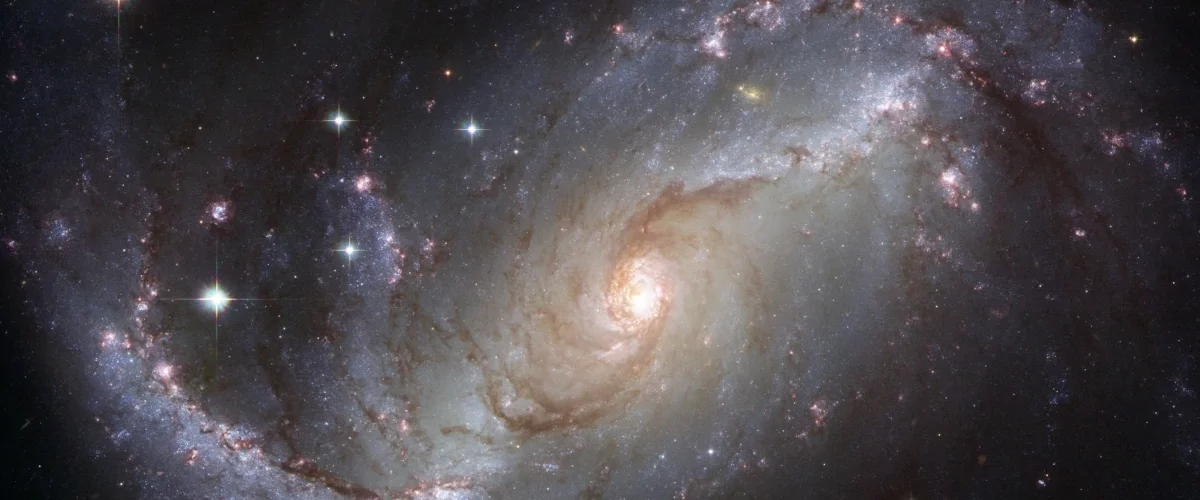Cosmic art, a genre that seeks to capture the breathtaking wonders of the universe, has become increasingly popular among artists and enthusiasts alike. Through vibrant colors, intricate details, and imaginative interpretations, these artists transport viewers to galaxies far beyond our reach. This article explores the essence of cosmic art, its examples, and the profound benefits it offers both creators and admirers.
Cosmic art reflects the majesty of the cosmos, from nebulae and galaxies to celestial bodies and cosmic events. It often incorporates elements of science fiction and fantasy, allowing artists to envision worlds beyond our comprehension. Utilizing mediums such as acrylics, digital illustration, and mixed media, they create visually stunning pieces that evoke a sense of awe and wonder.
Examples of Cosmic Art
- Starry Night by Vincent van Gogh: This iconic painting, inspired by the night sky, depicts a dreamlike landscape with swirling stars and a bright crescent moon. Van Gogh’s use of vibrant blues and yellows captures the intense beauty of the celestial world.
- Cosmic Symphony by Alex Grey: This mesmerizing digital artwork presents an intricate dance of cosmic entities, merging spirituality and science. Grey’s intricate detailing and surreal imagery transport viewers to the heart of the universe.
- Aurora Borealis Photography by Mia Stålnacke: Photographers, too, contribute to this art, as seen in Stålnacke’s captivating captures of the Northern Lights. Her photographs showcase the ethereal dance of colors in the night sky, invoking a sense of serenity and magic.
Cosmic art offers several benefits, both to the artists who create it and the audience that beholds it.
- Inspiration and Imagination: Creating cosmic art allows artists to tap into their imagination freely. By exploring the unknown, they can express their visions of the universe’s mysteries, fostering creativity and inspiration.
- Sense of Wonder: For viewers, this art instills a profound sense of wonder and amazement. Gazing at a cosmic artwork can evoke feelings of humility and connectedness to the vast cosmos.
- Mindfulness and Relaxation: Engaging with cosmic art encourages mindfulness as viewers immerse themselves in the vastness of the universe. This meditative experience promotes relaxation and stress relief.
- Scientific Interest: Cosmic art often intertwines with scientific themes, sparking curiosity and interest in astronomy and astrophysics. It serves as a bridge between art and science, appealing to a diverse audience.
- Decorative Appeal: Cosmic art’s visually stunning nature makes it an ideal choice for interior decor. Its striking colors and themes can transform living spaces, creating a celestial ambiance.
The Intersection of Science and Art
Cosmic art frequently blurs the line between science and art, blending factual accuracy with imaginative elements. This synthesis offers artists the freedom to depict the universe while incorporating their personal visions. Such artistic expressions can pique interest in scientific exploration and space missions, fostering public support for space programs.
As technology advances, cosmic art is poised to embrace new forms and mediums. Virtual reality (VR) and augmented reality (AR) technologies could immerse viewers in cosmic realms, enhancing the overall experience. Moreover, with increased space exploration, artists might find inspiration in actual astronomical phenomena, enriching the genre further.
Conclusion
Cosmic art’s ability to encapsulate the awe-inspiring wonder of the universe continues to mesmerize art enthusiasts and science aficionados alike. Through vibrant creations and imaginative interpretations, artists transport us to the cosmic unknown, leaving us in a state of wonder and appreciation. The benefits of cosmic art extend beyond visual delight, inspiring creativity, mindfulness, and scientific curiosity. As this genre continues to evolve, it will undoubtedly play an essential role in connecting humanity with the mysteries of the cosmos.
Find out more about art at Luxpeer’s Art Blog.
